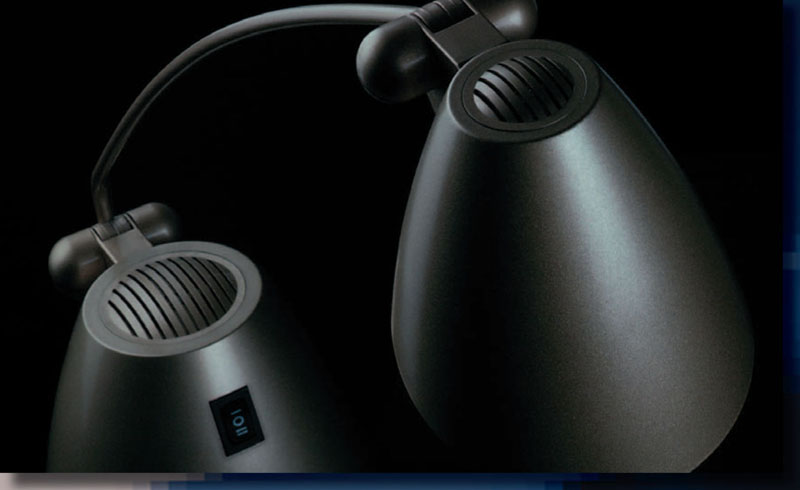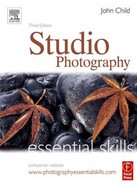assignments
essential skills
~ To develop and extend your knowledge and understanding of the application of studio lighting and camera technique.
~ To develop and extend your understanding of the practical use of light to create contrast, dimension, mood and to increase your creative ability to interpret a written brief with specific guidelines.
~ Through further study, observation and pre-production understand the resources and skills required to produce photographic images.
~ To develop ideas and produce references containing visual information gathered in completing the assignments.
~ Produce colour images to the highest standard fulfilling the assignment criteria plus personal creative interpretation.
Michael Downes

Introduction
The assignments should only be attempted after successful completion of all the assignments in ‘Lighting Still Life, Lighting People and Lighting On Location’. They are intended to test and understand the application of the lighting and camera techniques learned. Creative interpretation of the written brief is strongly encouraged. Assignments should be completed at an individual level in any order. Allowance should be made for the fact that each assignment may need photographing more than once before a satisfactory result is achieved. Where possible group tutorials should be the forum where technique and creative interpretation are discussed. Special attention should be taken of the medium in which the photograph is to be used. This will determine image format and in some cases composition. See ‘Art Direction’.
Janette Smith

It is important the images portray an understanding of what lighting and camera technique can achieve in changing the photographer’s perception of the subject and previsualisation of the image. At this stage it is no longer acceptable to place a subject on a background, take a normal viewpoint and perspective and light for correct exposure. This is no different to documentation of the subject. As creative photographic illustrators much more is required. Experiment with viewpoint and lighting. Do not let reality get in the way of creative composition. Perspective, depth, dimension can all be altered to suit the design of the image. The camera will ‘see’ and record anything you want it to. This does not have to relate to normal human perception. Separate subjects from the background. Dispense with the concept of backgrounds altogether. The area behind and around the subject is only limited by your imagination. Previsualise, experiment and create.
1. Breakfast cereal
To illustrate the health giving and nutritional value of a cereal product, an advertising agency requires a photographic image for a full page magazine ad. The approach should be in a contemporary style, with emphasis given to the premise there is a healthy ‘reward’ for eating their cereal product. The packaging must be strongly featured, showing three sides and product name and logo clearly visible.
2. Clothing
A large clothing retailer requires a photograph for an in-store ‘point of sale’ poster. The photograph should be aimed at the youth market with the emphasis on ‘lifestyle’. The image must have a point of view of 45 degrees to the subject. Use should be made of selective focus to highlight detail and production identification.
3. Quality control
For the purpose of quality control, a large manufacturer requires a photograph depicting a close-up detail from their product range. The photograph should specifically show detail of manufacturing quality and/or design detail. The image must have sharp focus throughout.
4. Paint
A quality paint manufacturer requires a photograph to launch a ‘new’ brand of paint. The brief is to show all or part of the packaging, with brand name and type of paint clearly visible. The manufacturer wants to show, however, some of the various colours available. The art director suggests this could best be illustrated by using various coloured paint swatches within the composition. The choice of colours to be used is to be determined by the photographer, taking into account the inability of the photographic process to sometimes faithfully record true colour. This is a critical element of the image.
5. Childhood memories
A weekend colour supplement requires an editorial photograph for a double page spread to complement an article on ‘Childhood Memories’. The image has to evoke nostalgia, warmth, security, tenderness and the fun of childhood days spent playing and enjoying treasured possessions. The result depends greatly on the interpretive use of light.
6. Strong flat white
A city coffee shop requires a series of images for their web page. The client wants to reflect their position within the CBD and the inviting and exciting environment they have created. The coffee shop is only available during normal working hours so the use of supplementary lighting is limited due to health and safety concerns.
7. Glass
An international glass manufacturer requires a photographic image for the cover of its annual report. It has been suggested a limited product range (various colours and sizes) be shown on a white background. As they have had a successful year one of their clear glass products, filled with paper money, should be featured in the foreground. The manufacturer (who has limited understanding of the photographic process) is emphatic there are no specular highlights on the glass, the background be pure white, and the money is clearly visible through the foreground product.
8. Industrial plastic
An industrial plastic manufacturer requires a photographic image to be reproduced as a large mural for its head office reception area. Its main area of output is for the telecommunications industry. The client has requested an abstract approach be taken to this large-scale visual. However, emphasis should be placed on telephones and/or their related ancillary equipment.
9. Music
A record manufacturer has requested submissions to produce a photographic image for a CD cover. The photographer has been supplied with a demo CD so they may have a full understanding of the type of music involved (i.e. your choice). Props to be used at the photographer’s discretion. As music is an emotional medium, the manufacturer has decided any submission must attempt to portray the emotions felt by the photographer whilst listening to the music. At the same time it should be obvious the type of music it is (i.e. not a totally obscure image). This is an open brief, the only limitation being there is movement during exposure of either objects and/or light and/or camera.
10. Food
A publisher requires a double page photographic image for an editorial article on a major processed food corporation. The product to be featured is from its line of packaged cheese. The concept is that cheese has been a basic food source throughout history and will remain so into the future. The photographic approach should have strong appetite appeal and through the use of light and props convey a visual sense of the past or the future.
11. Animal house
A local veterinary practice has requested a series of images to advertise their boarding kennels. The emphasis is on the luxurious conditions under which the boarded animals are kept. The client has suggested a collection of ‘happy’ animal portraits.


